JC: What inspired you to become a Spanish teacher?
MN: My former Spanish teachers and college professors were the first ones who truly pushed me to become a Spanish teacher. I am passionate about the Spanish language and Latin-American culture, and I wanted to share that passion with others while making a difference in people’s lives. Eventually, I realized that teaching was the perfect way to do that.
JC: Could you share your journey toward becoming a Spanish teacher?
MN: I studied Spanish and Psychology at Ole Miss, with no plans of ever becoming a teacher. After graduating with my bachelor’s degree, I worked at a bilingual, multicultural church here in Tupelo as an interpreter and worship leader. During my time at the church, I built a free program for adult English as a Second Language (ESL) classes. I researched the curriculum, wrote lesson plans, hired teachers, recruited volunteers, and actually got to teach some of our intermediate classes. I also had the opportunity to teach high school Spanish as a permanent substitute for nine weeks during that time. I quickly realized that I wanted to be in my own classroom, and with some encouragement from my family and friends, I began taking classes to receive my master’s degree in teaching. I knew I wanted to come back to Tupelo High School so that I could pour back into the community that made me who I am, and I have been teaching here since the fall of 2021.
JC: What is one of the biggest challenges you’ve faced as a Spanish teacher?
MN: The biggest challenge is the work-life balance. Sometimes I lose track of time and stay at work too late, or I give so much of my mental energy to my job that I have nothing left when I get home. I try to build relationships with each of my students and create a classroom environment that is relaxed and comfortable, but sometimes that creates more work for me. I am thankful to have a husband and family who are very supportive and patient with me!
JC: What do you find most rewarding about teaching Spanish to high school students?
MN: I try to be very intentional in building relationships with each of my students, and I love getting to know all of their different personalities throughout the semester. The most rewarding moments are when I get to see my students succeed at something they love or overcome a challenge that they never thought they could. Whether they come up and hug me after a sporting event, or stop by to say “good morning,” or smile with pride when they hand me an assignment or open up about what’s going on in their lives outside of school – those little moments always remind me why I became a teacher!
JC: If you were not a Spanish teacher, what other subject would you be interested in teaching and why?
MN: I would love to teach Psychology because I have always been fascinated by the human mind. I actually have an endorsement in Social Studies because of my minor in Psychology! My Psychology background also helped me to prepare for the classroom because I learned about how our memory works, how different people learn differently, how we acquire language, and how to navigate behavioral issues. I think all students can benefit from taking Psychology.
JC: What profession did you aspire to when you were a child?
MN: I think I changed my mind every day, but I always knew I wanted to contribute to the world in some way. I remember talking to my parents about becoming a pediatrician or a missionary in Central America. Still, I also dreamed of working behind the scenes in the film or music industry.
JC: In what ways do you believe learning Spanish benefits students?
MN: I believe that being able to communicate in more than one language is extremely valuable in the world today. However, learning a new language opens our eyes to the different cultures and perspectives around the world. Spanish is a language that many people here in Tupelo speak, and my students can make connections with those people by studying their language and culture. I even share the best places in our area to get authentic Mexican snacks and street food!
JC: How do you modify your teaching approach to cater to the diverse learning styles in your class?
MN: We do a little bit of everything in Spanish class- from reading stories and watching videos to listening to authentic music and acting to playing games and having conversations with classmates- every student has an opportunity to make meaning of the language and cultural lessons in my classroom! I also work with students one-on-one and in small groups to make sure that everyone is making progress.
JC: Could you tell us about a time when a student was struggling with Spanish, and how you helped them overcome their difficulties?
MN: I have had several students who have been overwhelmed when they see a longer story or an assignment that seems impossible at first. They immediately give up and say that they can’t do it, but I sit down with them and have them read it to me or I break the directions down into individual steps and make it more accessible for them. Then, the student walks away from the assignment with more confidence because they realize that they know a lot more Spanish than they thought!
JC: Can you share an important lesson you’ve learned from your students over the years?
MN: The most important lesson I have learned from my students is to be honest and stay true to myself. Teachers put a lot of pressure on us to be perfect, but one of the most powerful things we can do for our students is own our mistakes and admit when we are wrong. My students have been so patient with me over the last few years- I have made them sing and dance with me, I have let our class discussions get off-topic countless times, and I have answered many questions with “I don’t know, let’s Google it!” My students respect me for who I am because I try to be as transparent as possible with them, and I can do that because together we have created a classroom environment that encourages individuality and authenticity.



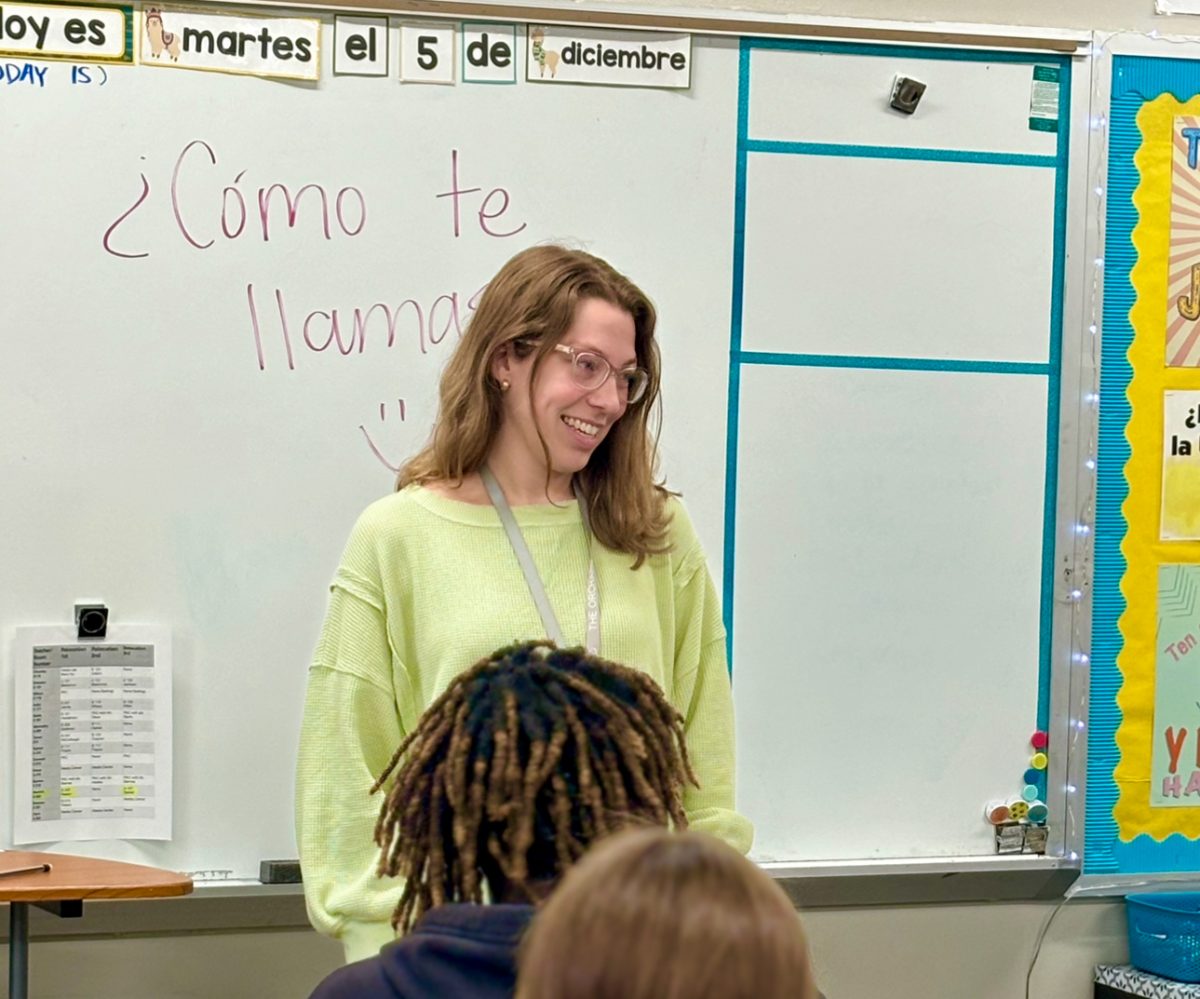
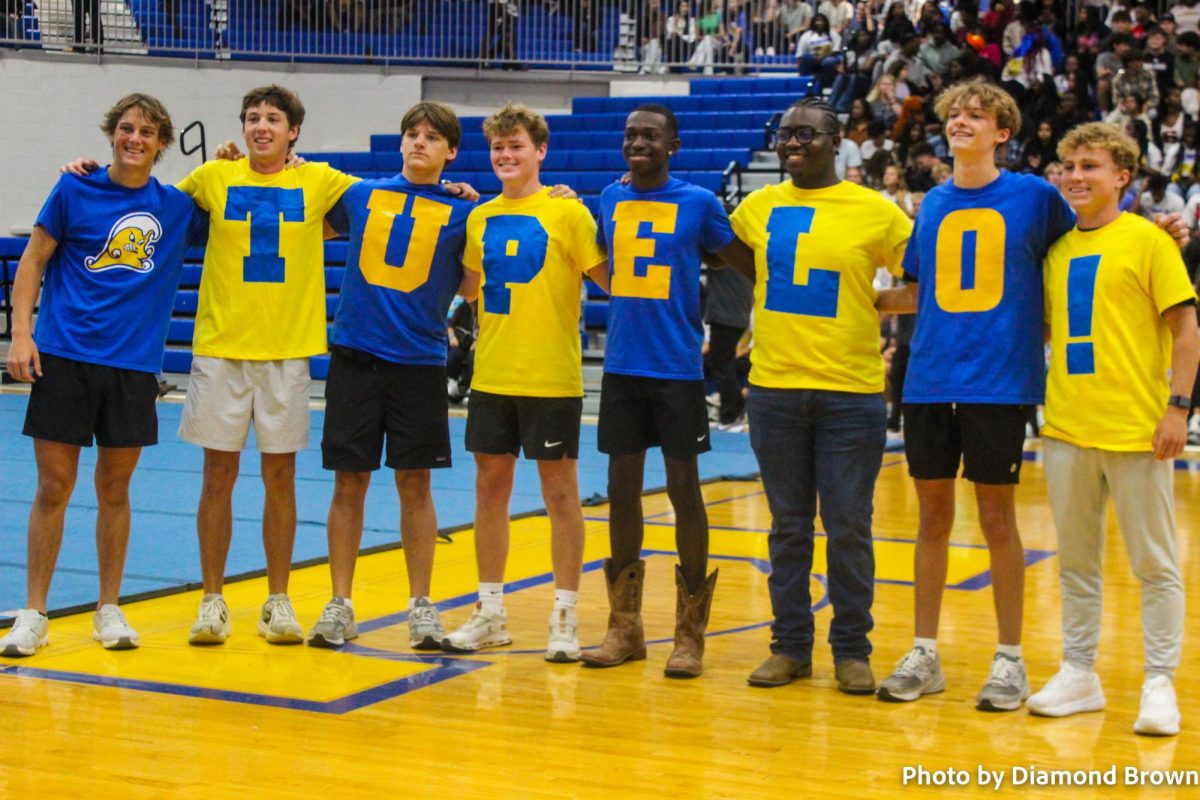
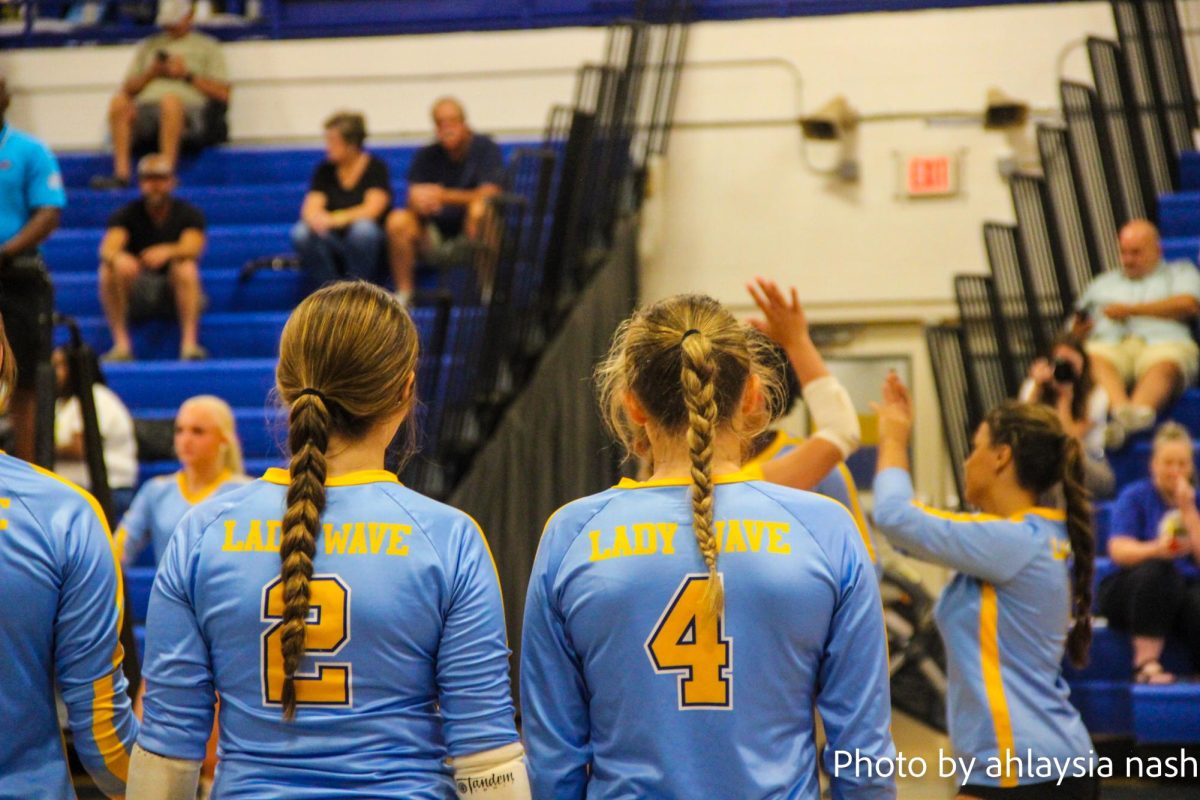

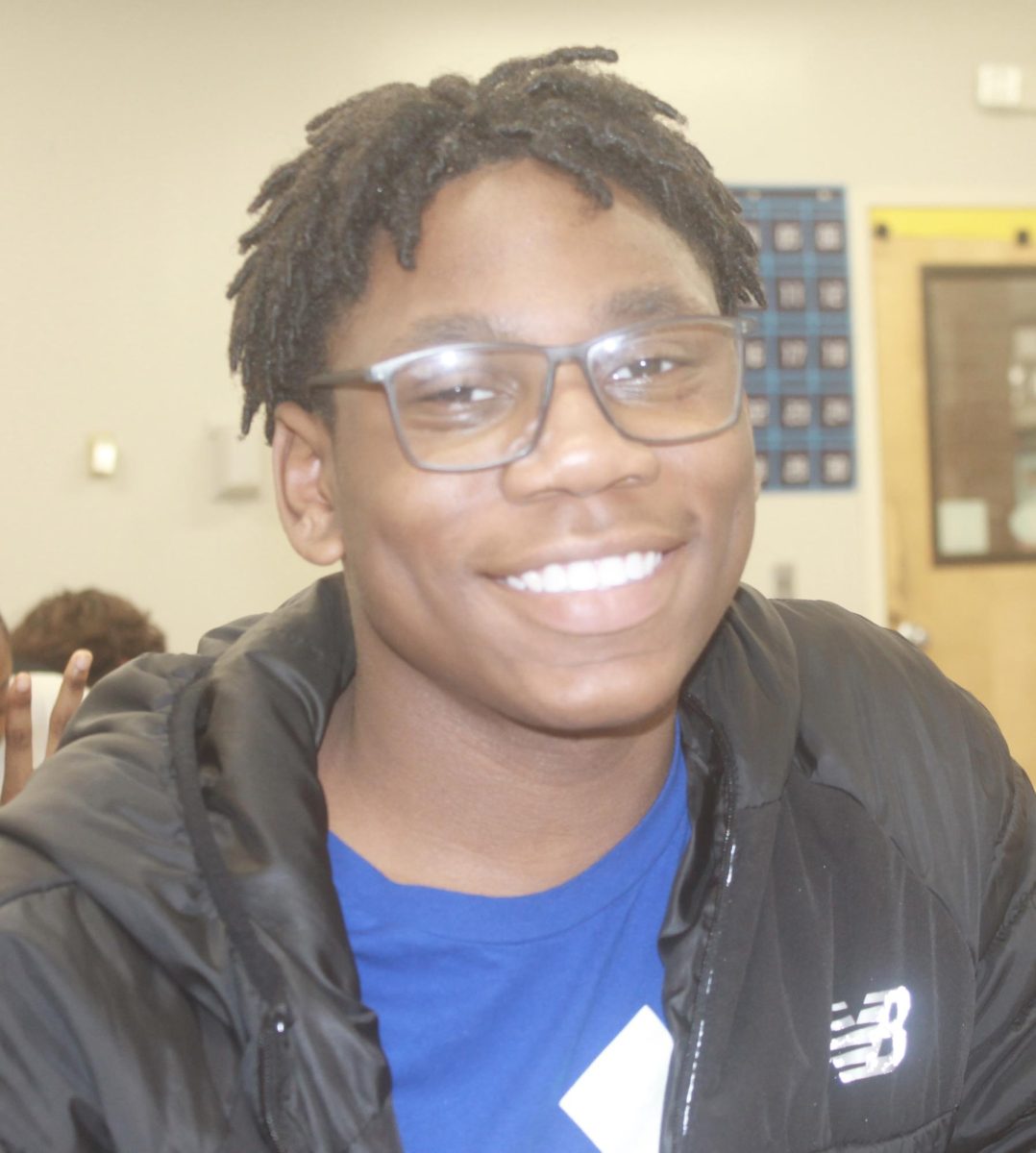



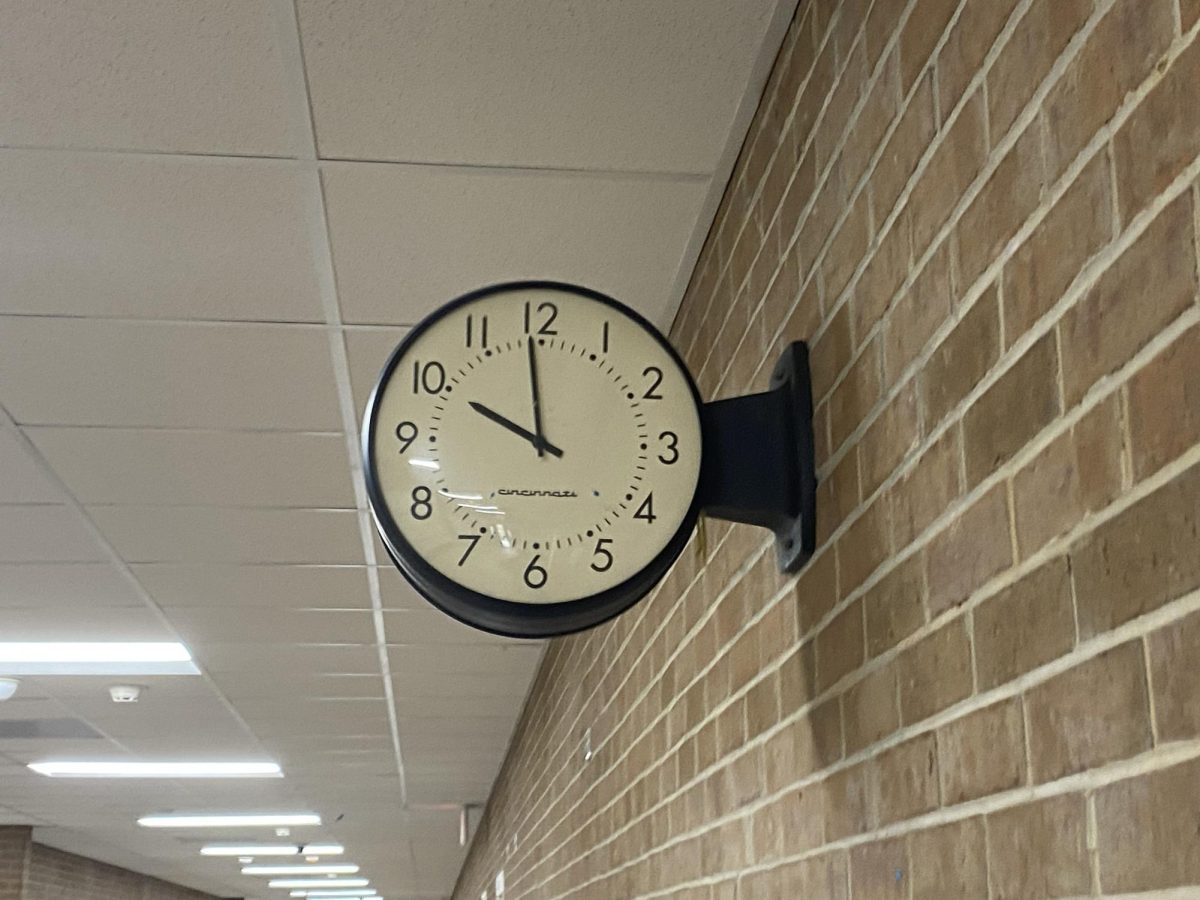

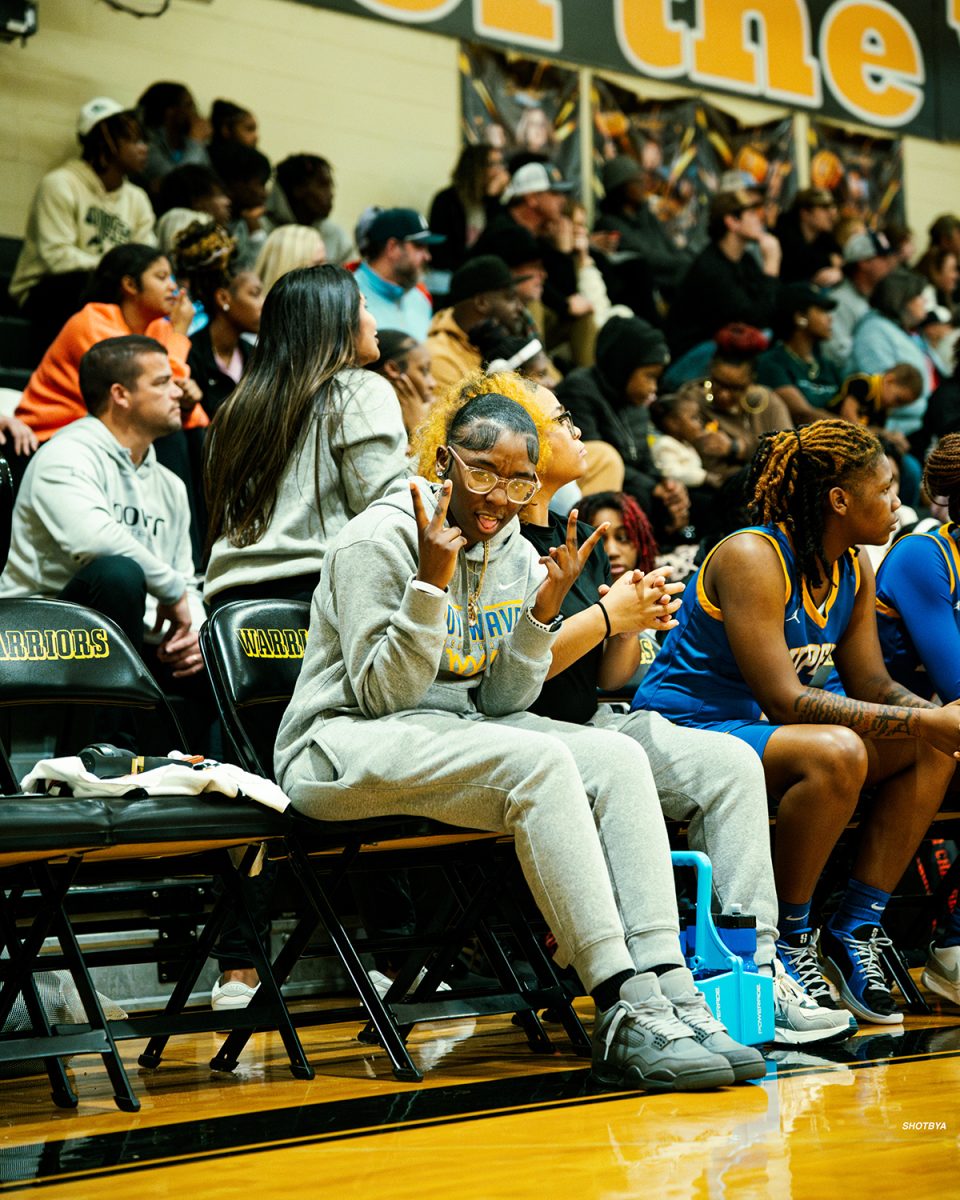

Cynder E Williams • Dec 7, 2023 at 9:49 am
Thank you for enlightening me more about my favorite teacher! – Love yyaaa